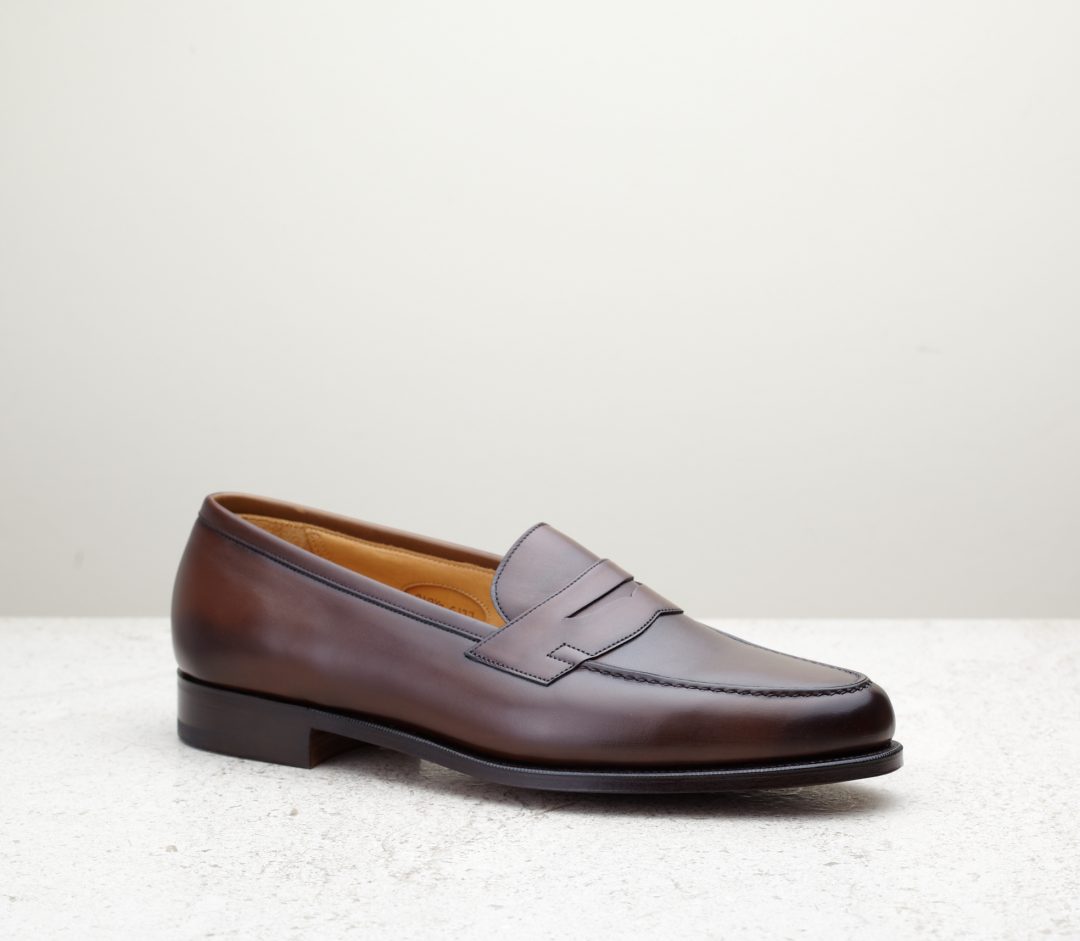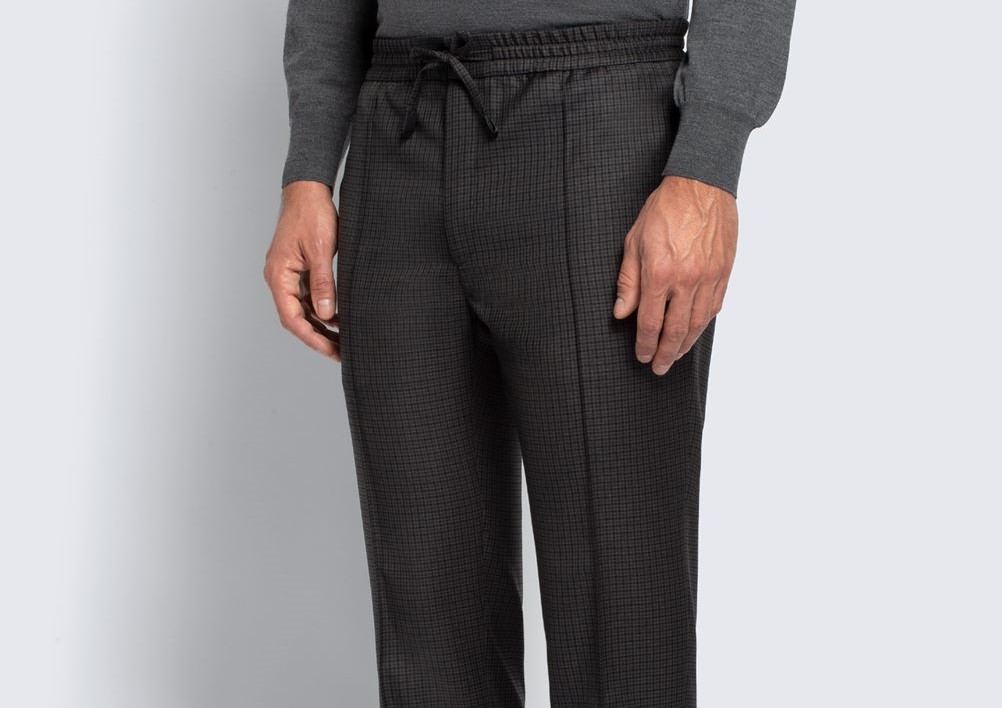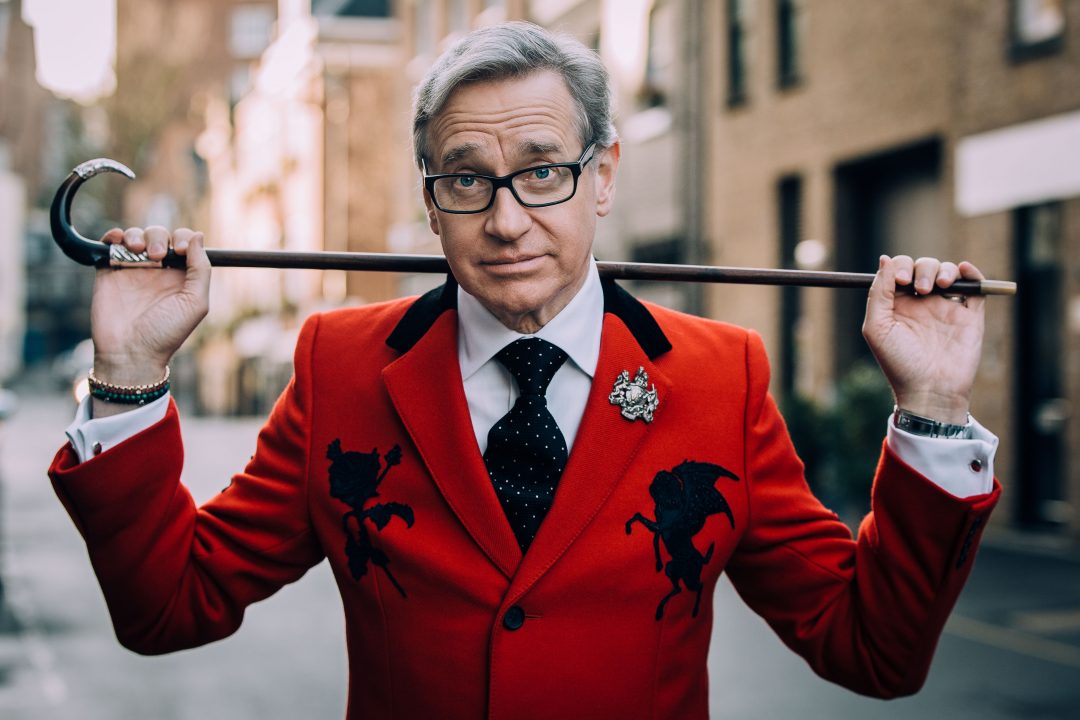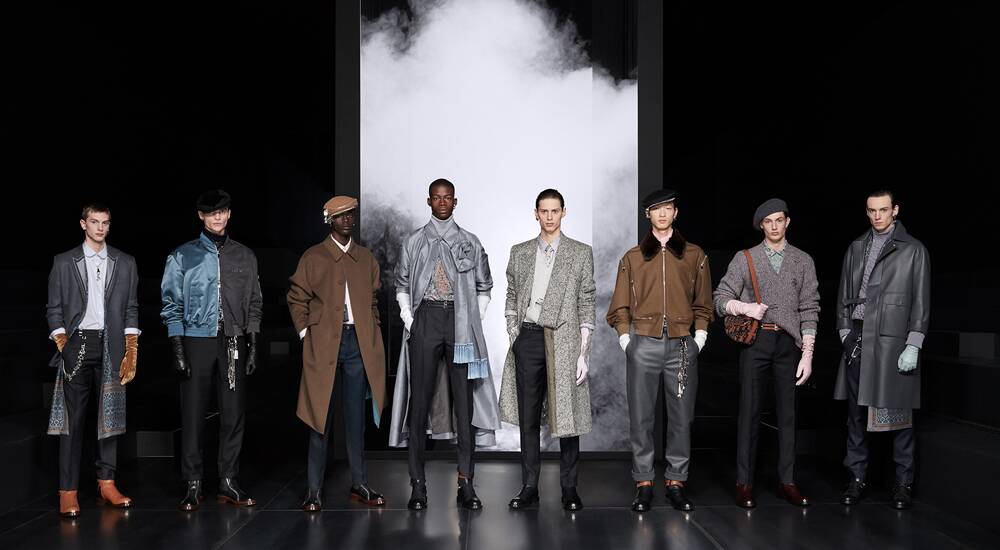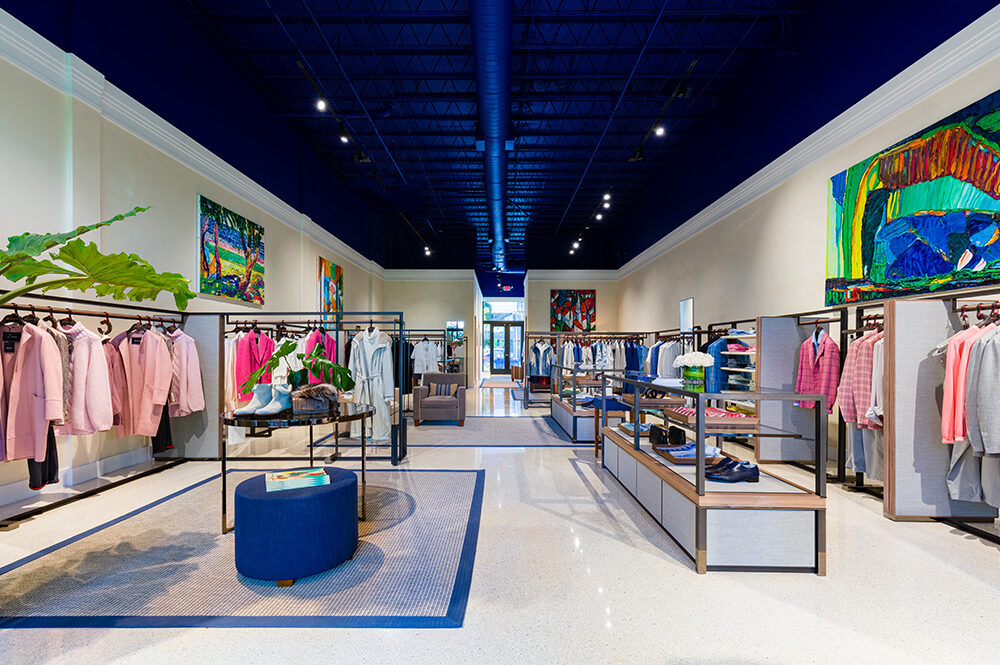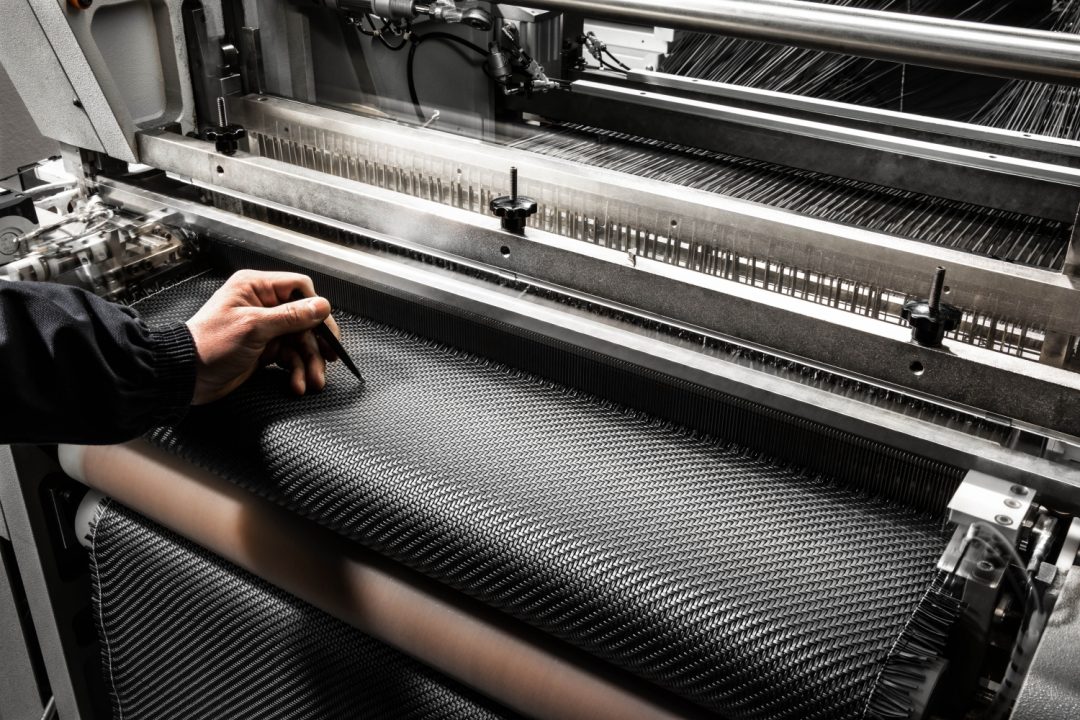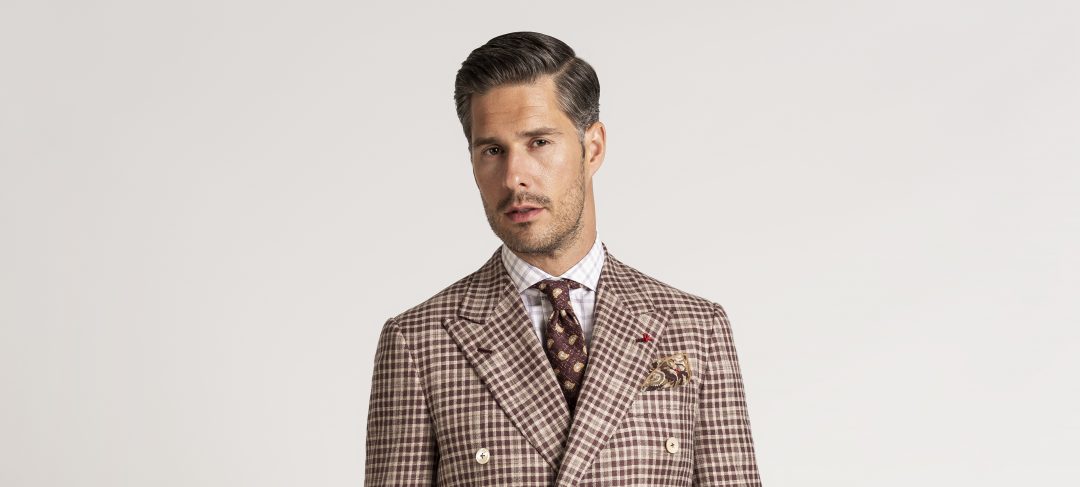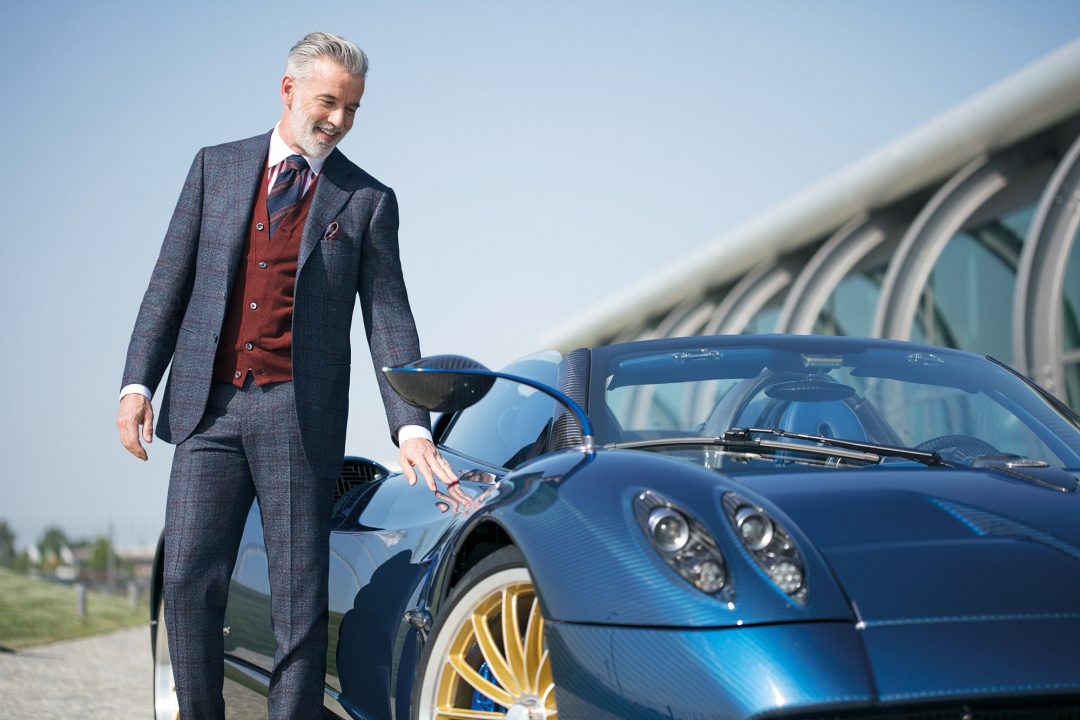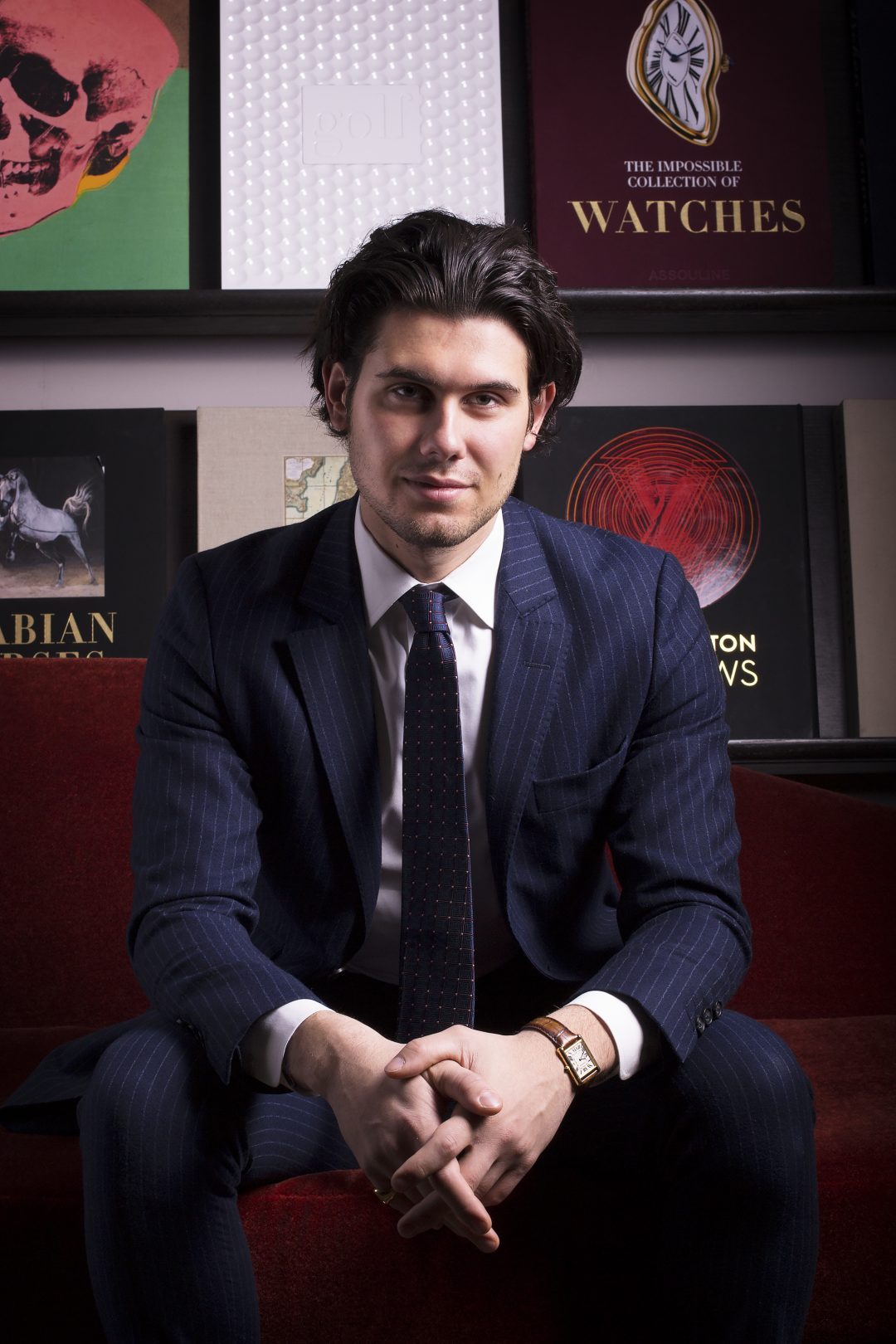Although the name Edward Green may not be widely known to most, this relatively small English shoemaker produces some of the best quality ready-made shoes available. …
Men’s Style
Comfortability in The Workplace: Hybrid Suit Joggers
A huge influx of people have already begun working from home, so does this mean the age of the traditional suit has entered into a new era?…
Talking style with the one and only Paul Feig
Allow us to introduce you to Paul Feig, well known for his box office hits such as A Simple Favor, Ghostbusters: Answer the Call, and Bridesmaids.…
Paris Fashion Week Shows by Givenchy, Loewe , Berluti, Dior and Louis Vuitton highlighted a myriad range of fresh menswear.…
Kiton’s New Palm Beach Boutique Stuns With Clean Lines And Bright Patterns
Kiton's newest boutique, located in the winter hot spot of Palm Beach, Florida, has been wowing shoppers since their opening in September of last year. …
Ermenegildo Zegna x Maserati: When Iconic Fabrics Make Automotive History
Maserati unveiled their latest collection of 100 limited production vehicles with woven leather interiors by Ermenegildo Zegna at Monterey Car Week…
Famed Mens Clothier ISAIA unveiled their stunning Summer 2020 collection on June 15th in Milan at the Palazzo della Triennale. …
Paris Fashion Week without Karl Lagerfeld: now what?
The fashion industry just lost a major icon and idol after the Kaiser of fashion, Karl Lagerfeld passed away on February 19th.…
The Art of Tailoring: The Neapolitan Cut
The Italians have always been innovators in the art of tailoring that takes the individuality and traditional style of sartorial elegance to an even higher level. Something that is misunderstood more often than not is that a Neapolitan cut greatly diverges itself from a Milan cut. This may not seem to be that big of a deal to some people, but it is definitely worlds apart for those who embrace the art of tailoring that the Italians, the Masters of the…

